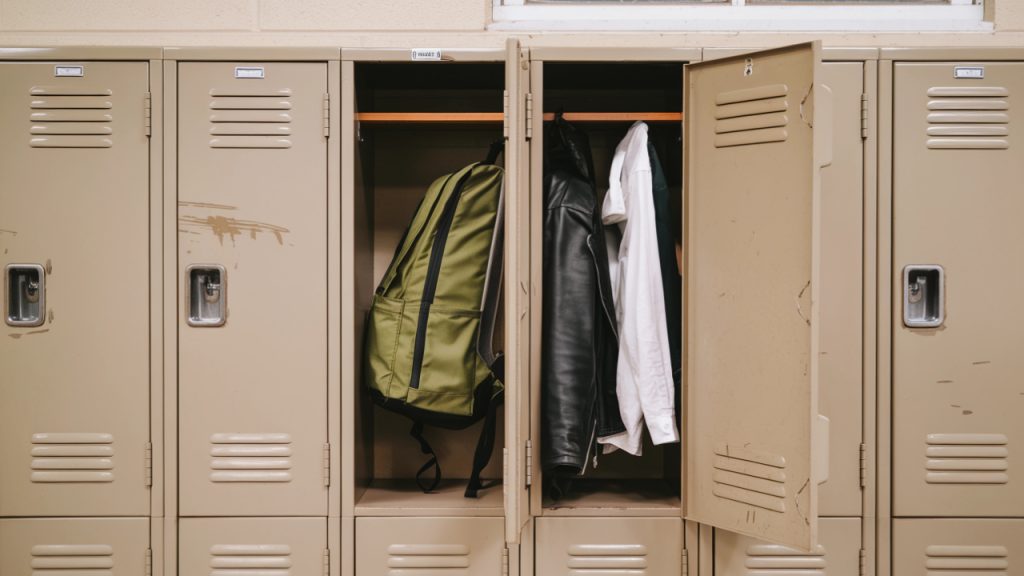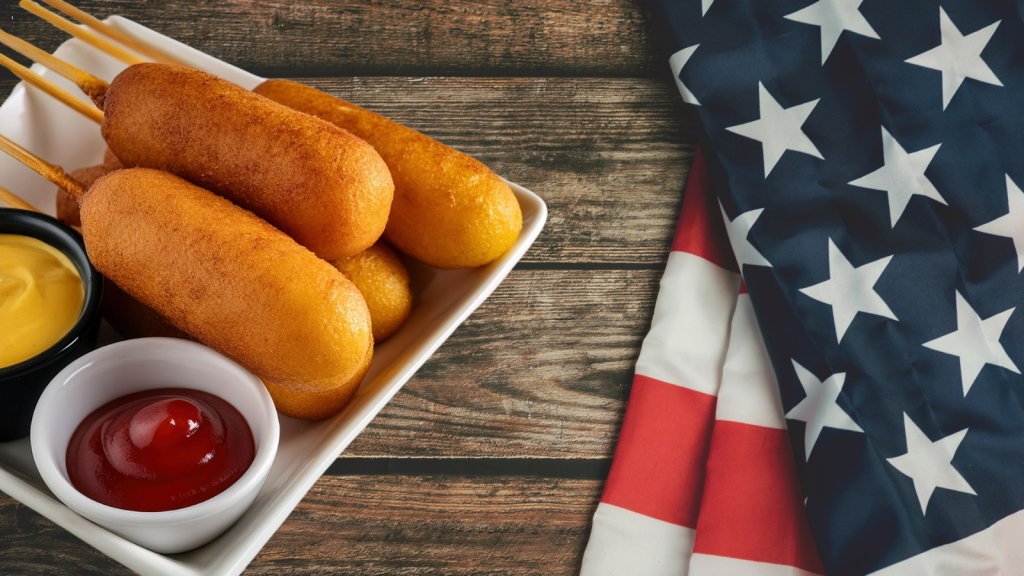Growing up, I always thought high school was a universal experience. Movies and TV shows had me convinced that lockers, prom, and cafeteria drama were the same everywhere. But as I’ve learned more about schools in other countries, especially in the UK, I’ve been amazed at how different things really are! From the way students are graded to what they wear every day, there’s a whole world of unique high school quirks. Comparing British and American high schools is like looking at two sides of the same coin—familiar yet totally distinct.
Here are 16 fascinating differences that will make you see high school through a whole new lens.
British Students Wear Uniforms Almost Everywhere

In most British high schools, wearing a uniform is non-negotiable. Students typically wear blazers, ties, and skirts or trousers, depending on their gender. Meanwhile, in the U.S., uniforms are mostly reserved for private schools. Public schools often have dress codes instead, which can range from strict to pretty laid-back.
U.S. High Schools Have Prom; Brits Have School Discos

Prom is a huge deal in the U.S., with elaborate outfits, limos, and fancy venues. In the UK, the equivalent is often a school disco, which is much more casual. While proms have started becoming more popular in Britain, many schools still stick with smaller, simpler celebrations.
British Schools Start Year 7; Americans Begin 9th Grade

American high schools cover grades 9 through 12, also known as freshman to senior year. In the UK, high school begins in Year 7 and runs through Year 11, though some schools continue into “sixth form” for advanced studies. The naming differences can confuse anyone not familiar with the systems.
U.S. Schools Have Sports Teams; British Ones Have Clubs

High school sports are a cornerstone of American culture, with Friday night football games and cheerleaders. In British schools, sports are more often part of after-school clubs than formalized teams. Competitive school sports aren’t nearly as central to student life as they are in the States.
British Students Take GCSEs, Not SATs

Instead of standardized tests like the SAT or ACT, British students take GCSEs (General Certificate of Secondary Education) at age 16. These exams cover specific subjects and determine what students can study next. Americans focus on SATs for college admissions, which test general knowledge across reading, writing, and math.
Lockers Are Rare in British Schools

If you’ve ever watched an American high school movie, you’ve probably seen rows of lockers lining every hallway. In British schools, lockers are less common. Many students carry their books and supplies with them all day, which means backpacks play a much bigger role.
British Students Have Form Tutors, Not Homerooms

In the UK, students start their day with a “form tutor,” who stays with them throughout their time at school. This teacher provides guidance and support. In the U.S., students typically have a homeroom period for announcements and attendance but might not form the same close bond with their homeroom teacher.
British Schools Have Half Terms; U.S. Schools Have One Long Break

In the UK, the school year is divided into three terms, each with a “half-term” break in the middle. American schools usually operate on semesters and have one long summer break instead of several shorter ones throughout the year.
U.S. Students Switch Classes; Brits Often Stay Put

In American high schools, students move between classrooms for each subject, while their teachers usually stay in place. In British schools, it’s often the opposite—teachers move to different rooms, and students remain in one classroom for most of the day.
British Schools Have Headteachers; U.S. Schools Have Principals

Headteachers in British schools are the equivalent of principals in the U.S., but their roles can differ slightly. Headteachers often take on more of a leadership role for the entire school community, while American principals focus heavily on administration and discipline.
British Students Start Exams Younger

In the UK, major exams like the GCSEs happen at age 16, earlier than American students typically take the SAT or ACT for college. By the time Americans start their tests in junior or senior year, British students are often already studying for advanced-level exams.
British Students Call It “Revision”; Americans Say “Studying”

When preparing for tests, British students talk about “revision,” while Americans call it “studying.” The difference in terminology reflects the cultural variations in how schools view exam prep.
U.S. Students Have Graduation Ceremonies; British Students Don’t

Graduation is a massive celebration in American high schools, with caps, gowns, and diplomas handed out on stage. British schools rarely have formal graduation ceremonies for high school, focusing instead on smaller leavers’ events or parties.
U.S. High Schools Have Guidance Counselors

Most American high schools have guidance counselors to help with academics, mental health, and college prep. In British schools, these responsibilities are often split between teachers, tutors, and outside career advisors.
British Students Call It “Maths”; Americans Say “Math”

A small but fun difference: Brits say “maths” with an extra “s” because it’s short for “mathematics.” Americans stick with “math,” keeping it singular.
U.S. Schools Offer More Extracurricular Activities

American high schools often offer a wide range of extracurriculars, from marching band to debate club. British schools have fewer options and tend to focus more on academics than extracurriculars.
16 American Foods Brits Can’t Stand

Food preferences can vary wildly across cultures, and what’s considered a delicacy in one country might be seen as downright bizarre in another. This cultural divide is particularly evident when comparing American and British cuisines. While the two nations share a common language, their tastes in food can be worlds apart. From overly sweet concoctions to processed cheese products, there are certain American foods that many Brits find hard to stomach.
Read More: 16 American Foods Brits Can’t Stand
These 23 Titanic Facts That Will Make You See the Tragedy in a New Light

The Titanic, perhaps the most legendary ship ever, was a masterpiece of early 20th-century engineering, funded by American tycoon J.P. Morgan and constructed at the Harland and Wolff Shipyard. Thanks to the movie and other works of popular fiction, any people think they know everything there is to know about the Titanic, but they’re wrong.
Read More: These 23 Titanic Facts That Will Make You See the Tragedy in a New Light
Ellen has been obsessed with logic puzzles, jigsaws, and cryptograms since she was a kid. After learning she was taught how to play chess wrong by a family friend (so they could win), she joined her school chess club and the rest is history.


